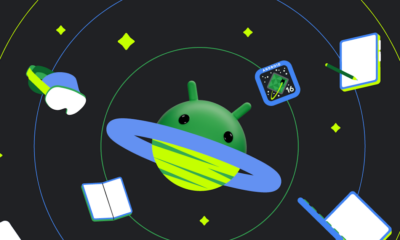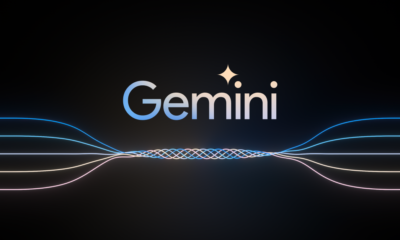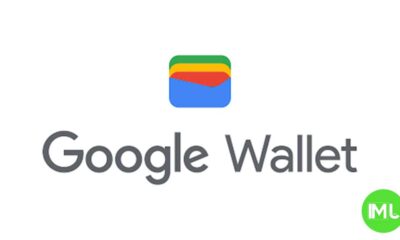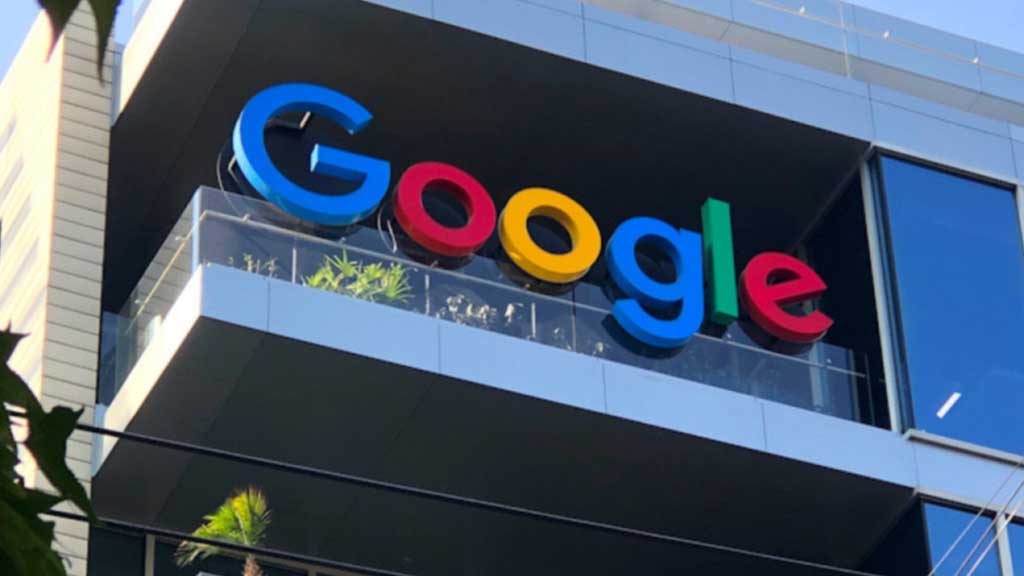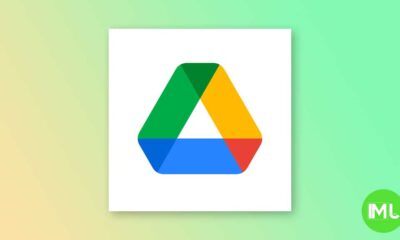News
Wear OS Hybrid Interface offers 100-hours battery life, debuts w/ OnePlus Watch 2
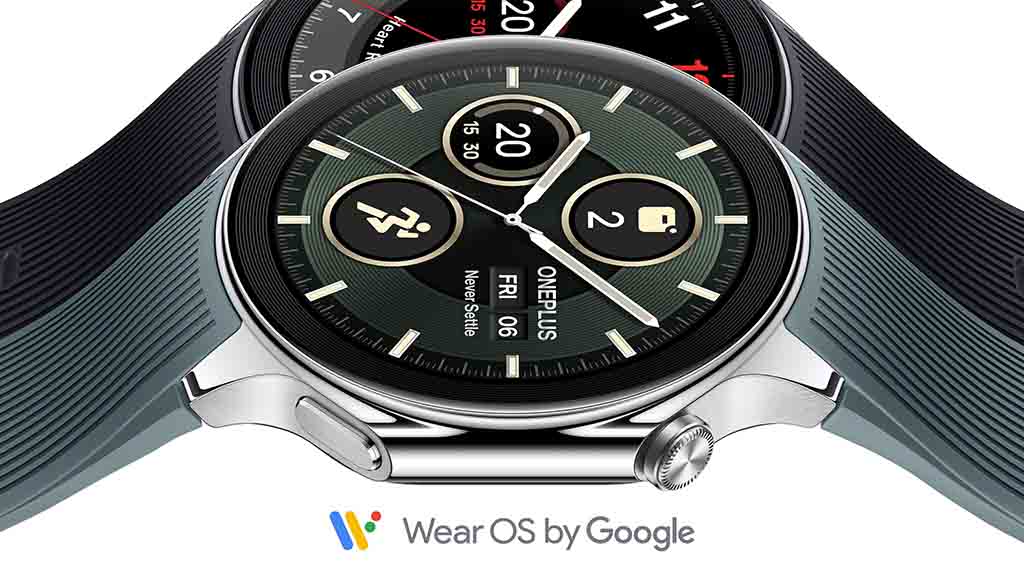
OnePlus recently announced its first Wear OS smartwatch. Now, Google revealed details about the OnePlus Watch 2’s Wear OS hybrid interface. This collaboration dramatically extended the battery life of the OnePlus Watch 2.
Google revealed that the OnePlus Watch 2 dual-chipset architecture works with the Wear OS hybrid interface. The latest version of Wear OS allows both chips to work better in tandem.
Follow us on Facebook | X (Twitter) | Telegram
The company’s collab with OnePlus for Wear OS hybrid interface enables even more use cases to benefit from a dramatically extended battery life of up to 100 hours of regular use with all functionalities accessible in Smart Mode.
[Google Pixel Watch 2 Vs OnePlus Watch 2: The new champion?]
The search engine giant disclosed that it made fundamental design changes to the platform and substantially expanded the capabilities of the Wear OS hybrid interface, improving two key areas: power and performance.

This lets Google and OnePlus create a premium smartwatch experience that doesn’t compromise the advanced feature set or battery life. The former also detailed key insights on how it has been done behind the doors.
Wear OS smartwatches have a dual-chipset architecture inclusive of a powerful application processor (AP) and ultra-low-power co-processor microcontroller unit (MCU). The architecture has a powerful AP capable of handling complex operations en-masse, and is seamlessly coupled with a low-power MCU.
The Wear OS hybrid interface enables intelligent switching between the MCU and the AP, allowing the AP to be suspended when not needed to preserve battery life. It helps achieve more power-efficient experiences, like sensor data processing on the MCU while the AP is asleep.
To enhance connectivity-reliant interactions like notifications and phone calls, OnePlus utilized platform capabilities with the notification API in the hybrid interface, enabling the MCU to process regular notification experiences and reduce the need to activate the AP.
Android
Google Pixel Weather app now shows pollen info in the US

Google is adding a new feature to its Pixel Weather app. Now, users in the United States can see pollen levels in their area. This update is especially helpful for people who have allergies and need to know when pollen is high.
In the Weather app, there’s a new section under the daily forecast that shows pollen conditions. It uses simple labels like “low,” “moderate,” and “high” so it’s easy to understand. This new feature pulls information from the same source that Google Search uses for pollen updates.
However, the new pollen section in the Pixel Weather app is only available in the US for now. If you’re outside the US, you won’t see the pollen data yet. Also, not every user may get it immediately, as Google is still rolling out the update.
To use the feature, you need to have the latest version of the Pixel Weather app, which comes built into Pixel devices. Google may expand this feature to more countries in the future, but there’s no official date yet.
Overall, this small update can make a big difference for users who want quick and easy access to local pollen conditions without searching separately.
Google hints at exciting Android updates at I/O 2025

Google has shared a fun teaser for Android ahead of its big I/O 2025 event happening on May 14. The short clip shows a 3D Android logo and a green pixelated ball bouncing between different Android versions, each labeled with past dessert names like Cupcake, Donut, and Eclair.
The teaser doesn’t give away many details, but it suggests that something exciting is planned for Android. Google could be teasing new design changes or special features for Android 15. In the video, the green Android ball changes into many different forms, showing a playful side that hints at more personalization and creativity coming to Android.
The animation is colorful and energetic, much like Google’s previous Android teasers. It reminds fans of Android’s history while building excitement for the future.
At I/O 2025, Google is expected to talk a lot about Android 15, AI improvements, Wear OS, and other new tools for developers. While Android 15 has already been tested in early versions, we can expect Google to reveal some cool new features at the event. Overall, this teaser is a fun reminder that big updates are on the way for Android fans. We’ll learn more when Google I/O kicks off soon!
Home panel now coming to Chromecast with Google TV

Google is bringing the Home Panel feature to Chromecast with Google TV. This update has started rolling out and lets users easily control their smart home devices straight from their TV screen.
The Home Panel first appeared on Pixel Tablets and the Pixel Fold last year. It gives a quick and simple way to manage lights, thermostats, cameras, and other smart devices without needing a phone. Now, this helpful tool is coming to Chromecast with Google TV.
After updating, users can open the Home Panel by holding the home button on their Chromecast remote. From there, you can quickly check cameras, change the temperature, switch lights on or off, and control other connected devices. The design is simple and easy to use, keeping the focus on important actions.
Google mentioned that this update is rolling out in stages, so it might take a little time before everyone gets it. However, once available, it will make controlling your smart home much easier, especially from the comfort of your couch.
This move shows Google’s goal to make Google TV not just for streaming shows and movies, but also a better tool for managing your smart home devices.
-

 Apps1 year ago
Apps1 year agoGboard Proofread feature will support selected text
-

 News1 year ago
News1 year agoSamsung USA crafting One UI 6.1.1
-

 News1 year ago
News1 year agoBreaking: Samsung Galaxy S22 may get Galaxy AI features
-

 News1 year ago
News1 year agoSamsung Galaxy S23 Ultra with One UI 6.1 and all S24 AI features revealed
-

 News1 year ago
News1 year agoOne UI 6.1 Auracast (Bluetooth LE Audio) feature coming to many Samsung phones
-

 News1 year ago
News1 year agoSatellite SOS feature coming to Google Pixel phones, evidence leaked
-

 Apps11 months ago
Apps11 months agoGoogle’s fancy new Weather app is finally available for more Android phones
-

 News1 year ago
News1 year agoGoogle Pixel evolves as Europe’s third best selling flagship

